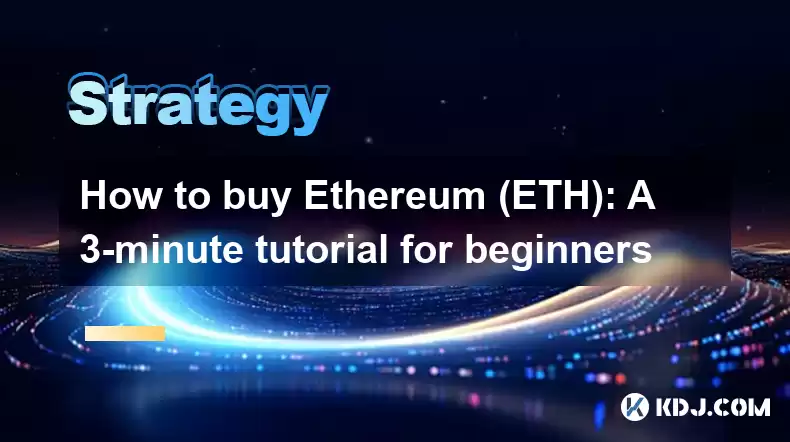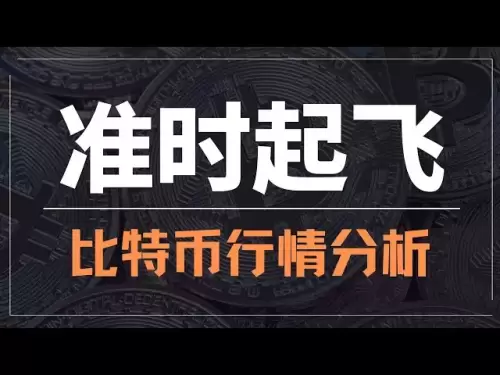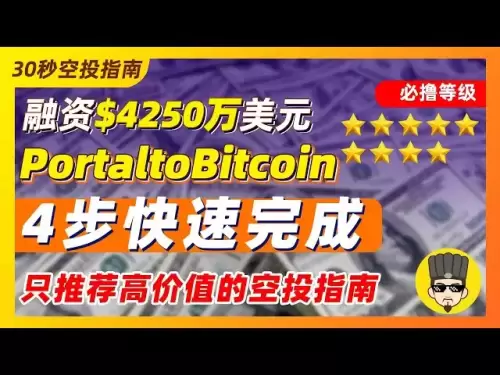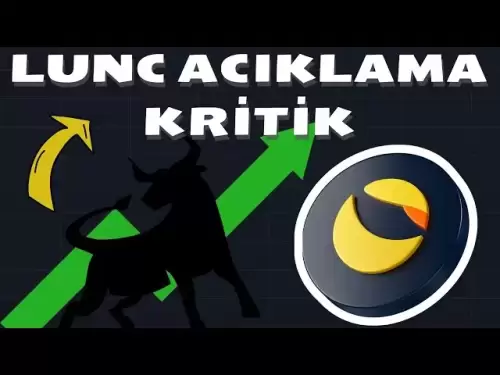-
 Bitcoin
Bitcoin $117300
1.93% -
 Ethereum
Ethereum $3866
5.21% -
 XRP
XRP $3.109
3.81% -
 Tether USDt
Tether USDt $1.000
0.01% -
 BNB
BNB $781.5
1.52% -
 Solana
Solana $173.0
2.95% -
 USDC
USDC $0.9998
0.00% -
 Dogecoin
Dogecoin $0.2181
6.31% -
 TRON
TRON $0.3403
0.93% -
 Cardano
Cardano $0.7683
3.91% -
 Hyperliquid
Hyperliquid $40.08
5.09% -
 Sui
Sui $3.742
7.38% -
 Stellar
Stellar $0.4152
4.69% -
 Chainlink
Chainlink $18.40
10.03% -
 Bitcoin Cash
Bitcoin Cash $580.6
2.21% -
 Hedera
Hedera $0.2543
4.25% -
 Ethena USDe
Ethena USDe $1.001
-0.01% -
 Avalanche
Avalanche $22.94
3.52% -
 Litecoin
Litecoin $121.8
2.24% -
 UNUS SED LEO
UNUS SED LEO $8.955
-0.41% -
 Toncoin
Toncoin $3.330
3.03% -
 Shiba Inu
Shiba Inu $0.00001270
2.97% -
 Uniswap
Uniswap $10.34
6.42% -
 Polkadot
Polkadot $3.805
3.86% -
 Dai
Dai $1.000
0.01% -
 Bitget Token
Bitget Token $4.429
1.80% -
 Cronos
Cronos $0.1495
4.65% -
 Monero
Monero $255.6
-9.08% -
 Pepe
Pepe $0.00001096
4.40% -
 Aave
Aave $282.9
7.85%
How to buy Ethereum (ETH): A 3-minute tutorial for beginners
To buy Ethereum, choose a reputable exchange like Coinbase or Binance, deposit funds, place a market or limit order, and consider transferring ETH to a personal wallet for security.
Apr 10, 2025 at 03:01 am

Buying Ethereum (ETH) can be an exciting first step into the world of cryptocurrencies. This tutorial is designed to guide beginners through the process in just three minutes, ensuring you can start your crypto journey with confidence. Let's dive into the steps you need to follow to purchase Ethereum.
Choosing a Cryptocurrency Exchange
The first step in buying Ethereum is to select a reputable cryptocurrency exchange. Exchanges like Coinbase, Binance, and Kraken are popular choices among beginners due to their user-friendly interfaces and strong security measures. When choosing an exchange, consider factors such as fees, available cryptocurrencies, and the ease of use of their platform.
- Visit the website of the chosen exchange.
- Sign up for an account by providing your email address and creating a strong password.
- Complete the verification process, which typically involves submitting a government-issued ID and proof of address. This step is crucial for complying with regulatory requirements.
Depositing Funds into Your Exchange Account
Once your account is set up and verified, the next step is to deposit funds into your exchange account. Most exchanges support various payment methods, including bank transfers, credit/debit cards, and even PayPal in some cases.
- Navigate to the deposit section of the exchange.
- Select your preferred payment method. For beginners, a bank transfer is often the most straightforward option.
- Enter the amount you wish to deposit and follow the on-screen instructions to complete the transaction. Be aware that bank transfers may take a few days to process, while credit/debit card deposits are usually instant but may incur higher fees.
Buying Ethereum
With funds in your exchange account, you're now ready to buy Ethereum. The process is generally straightforward, but it's important to understand the difference between market orders and limit orders.
- Go to the trading section of the exchange.
- Select the ETH trading pair, such as ETH/USD or ETH/BTC, depending on the currency you want to use for the purchase.
- Choose the type of order you want to place. A market order will execute immediately at the current market price, while a limit order allows you to set a specific price at which you want to buy Ethereum.
- Enter the amount of ETH you want to buy and review the total cost, including any fees.
- Confirm the order to complete the purchase. You will receive the Ethereum in your exchange wallet shortly after the order is executed.
Transferring Ethereum to a Personal Wallet
For added security, it's recommended to transfer your Ethereum from the exchange to a personal wallet. There are various types of wallets, including software wallets, hardware wallets, and paper wallets.
- Choose a wallet that suits your needs. For beginners, a software wallet like MetaMask or Trust Wallet is a good starting point.
- Download and install the wallet on your device, following the provider's instructions.
- Create a new wallet or import an existing one using your recovery phrase.
- Copy your wallet address from the wallet application.
- Return to the exchange and navigate to the withdrawal section.
- Enter the amount of ETH you want to withdraw and paste your wallet address into the recipient field.
- Review the transaction details and confirm the withdrawal. The Ethereum will be transferred to your personal wallet, typically within a few minutes to an hour, depending on network congestion.
Understanding Ethereum and Its Uses
Before you start trading or using Ethereum, it's helpful to understand what it is and how it can be used. Ethereum is a decentralized platform that enables the creation of smart contracts and decentralized applications (DApps). It uses its native cryptocurrency, ETH, to facilitate transactions and execute smart contracts on the Ethereum blockchain.
- Smart contracts are self-executing contracts with the terms directly written into code. They automatically enforce and execute agreements between parties, reducing the need for intermediaries.
- Decentralized applications run on the Ethereum blockchain and can be used for various purposes, such as finance, gaming, and social networking.
- ETH can be used to pay for transaction fees on the Ethereum network, known as gas fees, and can also be traded on cryptocurrency exchanges.
Frequently Asked Questions
Q: Can I buy Ethereum with cash?
A: While most exchanges do not directly accept cash, you can convert cash to a bank deposit or use a service like a Bitcoin ATM to purchase Ethereum indirectly.
Q: How much Ethereum should I buy as a beginner?
A: The amount of Ethereum you should buy depends on your investment goals and risk tolerance. It's advisable to start with a small amount that you can afford to lose, as the cryptocurrency market can be volatile.
Q: Is it safe to leave my Ethereum on an exchange?
A: While reputable exchanges have strong security measures, it's generally safer to transfer your Ethereum to a personal wallet where you have full control over your private keys.
Q: How long does it take to buy Ethereum?
A: The time it takes to buy Ethereum can vary. Setting up an account and depositing funds can take a few days, while the actual purchase of Ethereum is usually instant once funds are available in your exchange account.
Disclaimer:info@kdj.com
The information provided is not trading advice. kdj.com does not assume any responsibility for any investments made based on the information provided in this article. Cryptocurrencies are highly volatile and it is highly recommended that you invest with caution after thorough research!
If you believe that the content used on this website infringes your copyright, please contact us immediately (info@kdj.com) and we will delete it promptly.
- Bitcoin Reserve, Gold Revaluation, Congress Considers: A New Era for US Financial Strategy?
- 2025-08-08 04:30:12
- KAITO's Momentum: Can It Reclaim Support Amidst Social Media Scrutiny?
- 2025-08-08 04:30:12
- Pi Coin's dApp and AI Potential: Building a Decentralized Future
- 2025-08-08 02:30:12
- Ruvi AI Takes the Lead: Outshining Dogecoin on CoinMarketCap
- 2025-08-08 02:50:12
- Cryptos Under $1: Is Ripple Still the King?
- 2025-08-08 03:50:12
- Cold Wallet, Bonk Price, ICP Price: Navigating the Crypto Landscape in 2025
- 2025-08-08 03:56:12
Related knowledge

How to avoid common crypto investment mistakes?
Jul 13,2025 at 01:35am
Understanding the Risks of Crypto InvestmentInvesting in cryptocurrency can be highly rewarding, but it also comes with significant risks. One of the ...

What is a long-short crypto strategy?
Jul 15,2025 at 10:56am
Understanding the Basics of a Long-Short Crypto StrategyA long-short crypto strategy is an investment approach where traders simultaneously take long ...

What is a long-short crypto strategy?
Jul 11,2025 at 01:28pm
Understanding the Basics of Long-Short Crypto StrategyA long-short crypto strategy is an investment approach where traders take both long and short po...

How to use the RSI indicator for crypto?
Jul 12,2025 at 03:56pm
Understanding the RSI Indicator in Cryptocurrency TradingThe Relative Strength Index (RSI) is a momentum oscillator used to measure the speed and chan...

Is copy trading a good strategy for crypto beginners?
Jul 12,2025 at 08:28am
Understanding Copy Trading in the Cryptocurrency MarketCopy trading is a strategy where novice traders replicate the trades of experienced investors a...

How to build a crypto portfolio with $1000?
Jul 13,2025 at 08:14pm
Understanding the Basics of Cryptocurrency InvestmentBuilding a crypto portfolio with $1000 starts with understanding the fundamentals of cryptocurren...

How to avoid common crypto investment mistakes?
Jul 13,2025 at 01:35am
Understanding the Risks of Crypto InvestmentInvesting in cryptocurrency can be highly rewarding, but it also comes with significant risks. One of the ...

What is a long-short crypto strategy?
Jul 15,2025 at 10:56am
Understanding the Basics of a Long-Short Crypto StrategyA long-short crypto strategy is an investment approach where traders simultaneously take long ...

What is a long-short crypto strategy?
Jul 11,2025 at 01:28pm
Understanding the Basics of Long-Short Crypto StrategyA long-short crypto strategy is an investment approach where traders take both long and short po...

How to use the RSI indicator for crypto?
Jul 12,2025 at 03:56pm
Understanding the RSI Indicator in Cryptocurrency TradingThe Relative Strength Index (RSI) is a momentum oscillator used to measure the speed and chan...

Is copy trading a good strategy for crypto beginners?
Jul 12,2025 at 08:28am
Understanding Copy Trading in the Cryptocurrency MarketCopy trading is a strategy where novice traders replicate the trades of experienced investors a...

How to build a crypto portfolio with $1000?
Jul 13,2025 at 08:14pm
Understanding the Basics of Cryptocurrency InvestmentBuilding a crypto portfolio with $1000 starts with understanding the fundamentals of cryptocurren...
See all articles

























































































